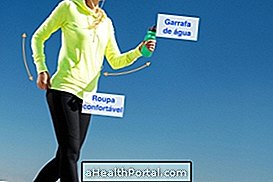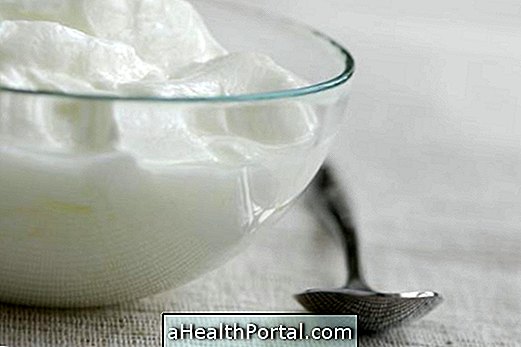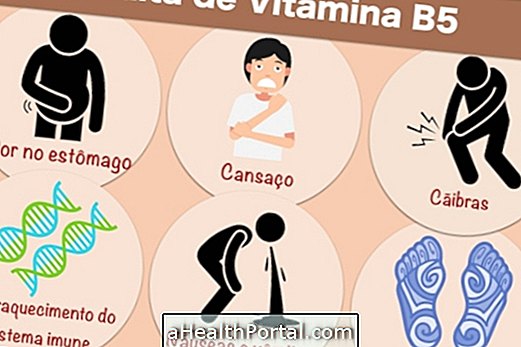Whey protein can be taken about 20 minutes before workout or up to 30 minutes after workout, being used primarily after physical activity to improve muscle recovery and increase protein concentration in the body.
Whey protein is a protein supplement isolated from milk that can be found in pharmacies and food supplement stores, and the price ranges from 60 to 200 reais. The amount to be taken depends on factors such as age and weight, but it is usually recommended to consume 20 to 40 g of the supplement per day.
What is whey protein for?
By being a complete protein supplement, whey protein brings benefits like:
- Increase muscle strength and workout performance;
- Reduce the burning of proteins in the body;
- Improve post-workout muscle recovery;
- Increase protein and muscle production.

It is important to remember that in order to get the most from these benefits and improving the performance of the workout, the protein supplement should be part of a healthy diet. See what is Doping in Sport and know which substances are prohibited.
Recommended quantity
The recommended amount of whey protein varies according to the age, gender, weight and intensity of physical activity practiced, since the more intense the training, the more protein is needed to recover the muscles. That way it is very important to consult a nutritionist or a doctor to adjust the dose, before taking any supplement.
In general, 20 to 40 g of the supplement per day is recommended, which can be divided into two daily doses. It is also important to remember that men need a greater amount of protein than women because they have a greater amount of muscle in the body.
Whey protein fattening?
Whey protein can make you fat when overeat or when it is not recommended by a nutritionist, because excess protein along with unbalanced diet increases the amount of calories in the diet, which leads to weight gain.
Types of Whey Protein Supplements
There are 3 types of whey protein, which vary according to the form of production and the amount of proteins present in the supplement:
- Concentrate: goes through a simpler processing, and therefore also contains carbohydrates, fat, lactose and minerals. In general, the protein concentration ranges from 70 to 80%. Ex: 100% Whey Protein Gold Standard from the Optimum brand and Designer Whey Protein from the Designer brand.
- Isolated: it is the purest form of the protein, not having carbohydrates or fats in the formulation of the supplement. Ex: Iso Whey Extreme Black from the brand Probiotica and Whey Protein VP2 Isolate from AST.
- Hydrolyzed: besides being a pure protein, this type of supplement also goes through a process in which the proteins are broken, making absorption in the intestine faster. Ex: ISO 100 Whey Protein Isolate 100% Hydrolyzed from the brand Dymatize and Pepto Fuel, Whey 100% Hydrolyzed from Permance brand.
The hydrolyzed whey protein is the highest priced, while the concentrated type is the cheapest, and so it is also recommended to consume when you wake up or before bed when needed.

Side effects and contraindications
Protein supplements cause side effects especially when consumed in excess, which can cause gas, nausea, cramps, decreased appetite and headache.
In addition, this type of supplement is contraindicated for children under 18 years of age, pregnant or lactating women, and in cases of kidney diseases, gout and allergy to milk protein.
What is whey protein?
Whey protein is a supplement obtained from whey protein, which is obtained during cheese production.
This is a high quality protein that is well used by the body, so it is not only recommended for people who practice physical activity, it can also be used in cases of skin sores, ulcers, bedsores or to recover the weight of patients in cancer treatment or with AIDS, but always according to the doctor or nutritionist's advice.
In addition to whey, see also how to use BCAA to improve workout performance.





















